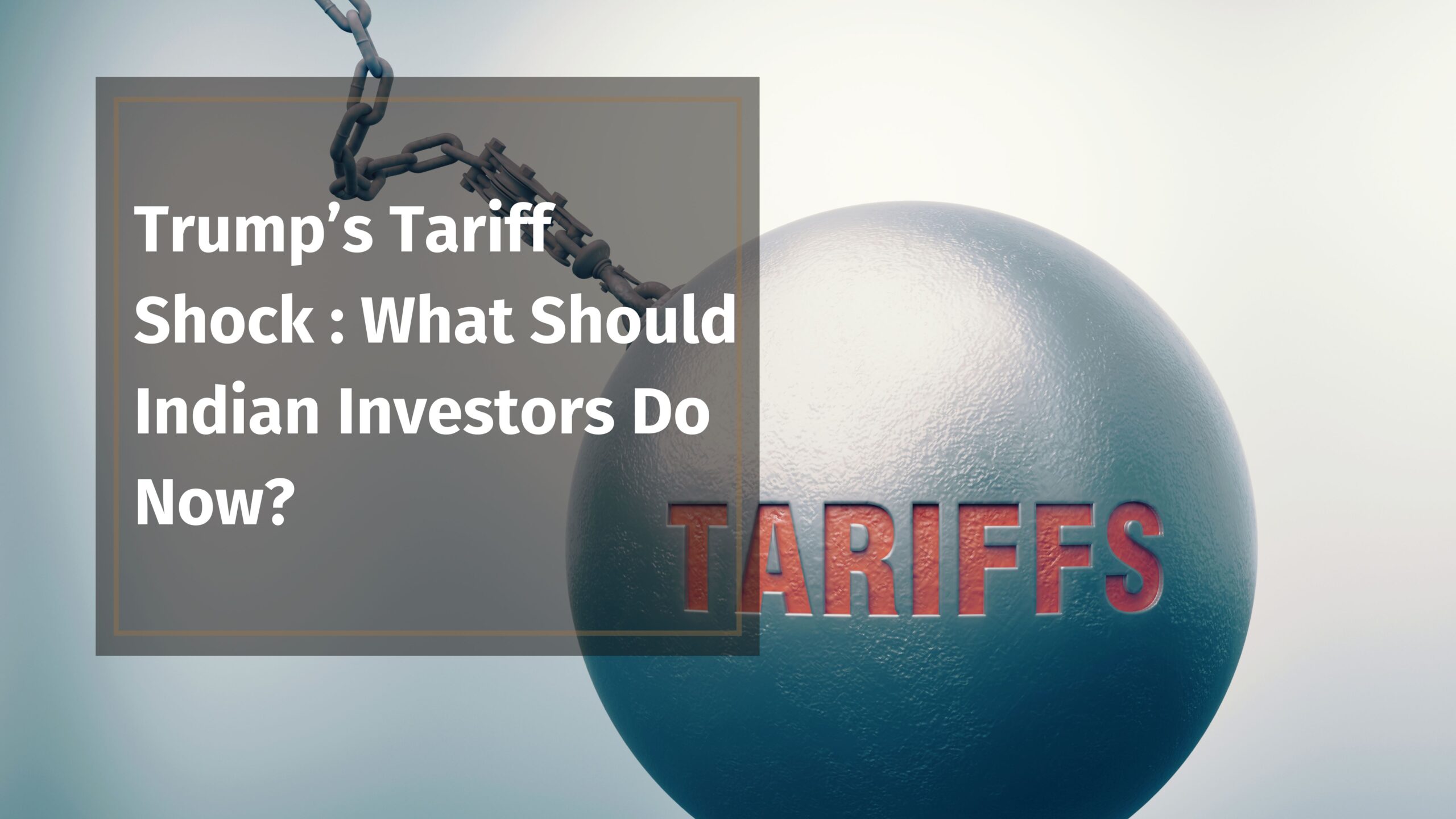Every time there’s a minor correction in the market, we hear the same concerns: “Markets are at an all-time high. This is the start of a bear market. You should exit now and stay in cash.” Such recommendations can be unsettling, especially if you are heavily invested in equities.
The line between sound investment strategies and panic-driven decisions can often seem blurred. Every dip and rise triggers a flurry of predictions—some cautioning about impending downturns, while others champion continued investment. But what really should guide an investor’s actions through these cycles?
Understanding Market Cycles
Markets move through phases—bull, bubble, bear—each characterized by distinct traits and opportunities. The bull phase sees stocks climbing to new highs, making it tempting to double down on investments. The bear phase, while often dreaded, presents unique opportunities for value investors to buy stocks at lower prices.
Historically, the longest bull market in India lasted from 2004 to mid 2007, suggesting a period of robust economic growth and investor optimism. This was followed by a bubble period which burst in Jan of 2008. Indian markets were in the grip of the bears from 2008 to 2013 post the sub-prime crisis that led to the global financial melt down. The whole 10 year period from 2003 to 2013 can be seen as a full market cycle with bulls, bubbles and bears doing their bit at different points in time.
Assessing the Market’s Climate
It’s crucial for investors to understand where in the cycle we currently are. While this is in no way a short-term market predictions which are notoriously difficult and often unreliable, recognizing broader market trends can be invaluable. A keen eye for several key indicators from the broader market can give reasonable indications to this :
- Profits: Metrics like Earnings Per Share (EPS) and Profits After Tax (PAT) relative to GDP offer insights into the overall health of the market.
- Valuation: Ratios such as Market Cap to GDP and PEG (Price Earnings to Growth) help assess whether the market is overvalued or undervalued relative to historical norms.
- Liquidity: The activities of Domestic and Foreign Institutional Investors, as well as the volume of IPOs and Promoter Buybacks, can indicate the level of liquidity in the market.
- Sentiments: The influx of new investors and the popularity of high-risk investments are often reflective of prevailing market sentiments.
Strategic Responses to Market Conditions
Armed with these indicators, investors can tailor their strategies to the market’s current phase. For instance, during a bubble, when overvaluation is prevalent, it might be wise to adopt a more conservative stance, possibly reducing exposure to equities. In a bear market, investors might find opportunities to buy quality stocks at reduced prices, effectively capitalizing on market corrections.
Investors can have a range within which their asset allocation would play, say for example – 50% to 80% necessarily means that in a bubble the equity exposure would be down to 50% and in a bear market it can go right up to 80%.
However, it’s vital to stress that these adjustments are not about making drastic directional changes or exiting the market entirely. Rather, they are strategic, considered tweaks to enhance the resilience of one’s investment portfolio.
If you want your portfolio to out-perform, you must out-behave :
Your behaviour plays a critical role in financial success. Procrastination, panic selling, chasing returns are behaviours that play villain to an investor’s portfolio performance. Having a plan for all market conditions and sticking to it can help investors avoid these common pitfalls. As with a ship’s captain who must sometimes steer through storms with steady hands and a clear head, investors must navigate market volatility with focus and foresight.
Changes in weather warrants adjusting the sails, not changing directions
The philosophy of investing through market cycles should be grounded in prudence and preparation. Investing is not just about acting in response to market movements but about making informed, strategic decisions that align with long-term financial goals.
Just as the captain of the ship uses weather forecasts to ready the ship for the night, investors should use economic indicators to prepare their portfolios for different market climates. This approach is not about reacting out of fear or greed but about making informed, strategic decisions that align with one’s long-term financial objectives.
By staying informed and adaptable, investors can navigate through market cycles with confidence, ensuring their financial journey is both successful and secure.










